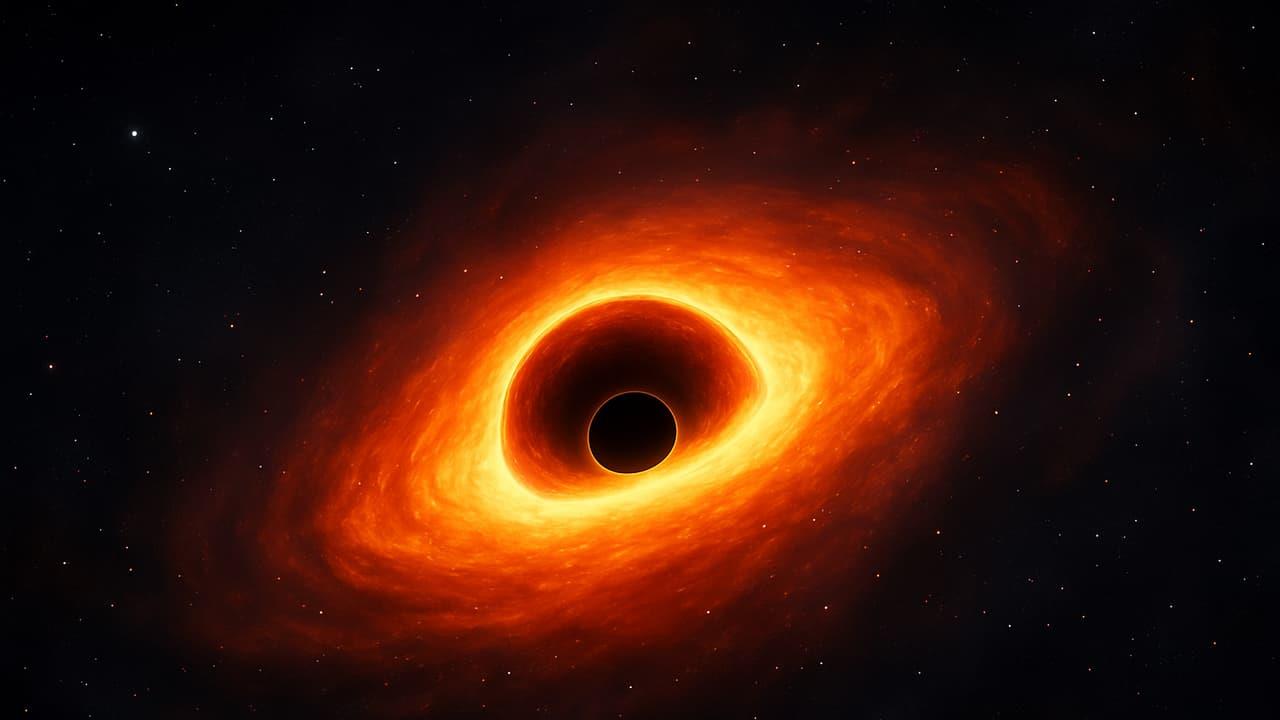NASA's Webb Telescope Spots Red Dots That Could Be Black Hole Stars
NASA's James Webb Space Telescope (JWST) has uncovered mysterious“little red dots” in the early universe that astronomers say may not be galaxies at all, but something entirely new: black hole stars. These exotic objects, powered by ravenous black holes at their core, could represent the missing link in how today's supermassive black holes first formed.
Strange Signals From the Early Universe
The faint red pinpoints, first seen in Webb's 2022 datasets, appeared to be massive galaxies that existed just 500–700 million years after the Big Bang. If true, that would have shattered existing models of galaxy formation. Researchers at Penn State and collaborators worldwide even nicknamed them“universe breakers” because they defied expectations.
But new evidence suggests a different explanation. Writing in Astronomy & Astrophysics, the team argues these dots may be giant spheres of hydrogen gas cloaking black holes. Instead of nuclear fusion powering their glow, the light is fueled by black holes swallowing matter at extreme rates - converting it into energy.
Meet“The Cliff”
One object, dubbed“The Cliff,” stood out. Its light took nearly 12 billion years to reach Earth, and Webb's spectral data revealed enormous mass and density, far beyond what a young galaxy could produce. The findings point to an early black hole wrapped in a fiery gas cocoon - a possible“baby picture” of the supermassive black holes found at the hearts of galaxies today.
“This is the best idea we have, and really the first one that fits nearly all of the data,” said Joel Leja, an astrophysicist at Penn State and co-author of the study.“The universe is much weirder than we can imagine, and all we can do is follow its clues.”
A Missing Link in Cosmic Evolution
Astronomers have long puzzled over how black holes billions of times more massive than the Sun appeared so early in cosmic history. These black hole stars - essentially“turbocharged mass-builders” - could finally explain that rapid growth.
“This could be the first phase of formation for the supermassive black holes we see in galaxies today,” Leja added.
The Road Ahead
JWST continues to peer back in time nearly 13.5 billion years, offering new windows into the infant universe. Researchers plan to gather more data to confirm whether these red dots are truly black hole stars or something even stranger.
Either way, the discovery is already forcing scientists to rethink early galaxy formation - and hinting that the cosmos still holds plenty of surprises.
Legal Disclaimer:
MENAFN provides the
information “as is” without warranty of any kind. We do not accept
any responsibility or liability for the accuracy, content, images,
videos, licenses, completeness, legality, or reliability of the information
contained in this article. If you have any complaints or copyright
issues related to this article, kindly contact the provider above.
Most popular stories
Market Research

- What Does The Europe Cryptocurrency Market Report Reveal For 2025?
- United States Kosher Food Market Long-Term Growth & Forecast Outlook 20252033
- Utila Triples Valuation In Six Months As Stablecoin Infrastructure Demand Triggers $22M Extension Round
- Meme Coin Little Pepe Raises Above $24M In Presale With Over 39,000 Holders
- FBS Analysis Highlights How Political Shifts Are Redefining The Next Altcoin Rally
- 1Inch Becomes First Swap Provider Relaunched On OKX Wallet






















Comments
No comment